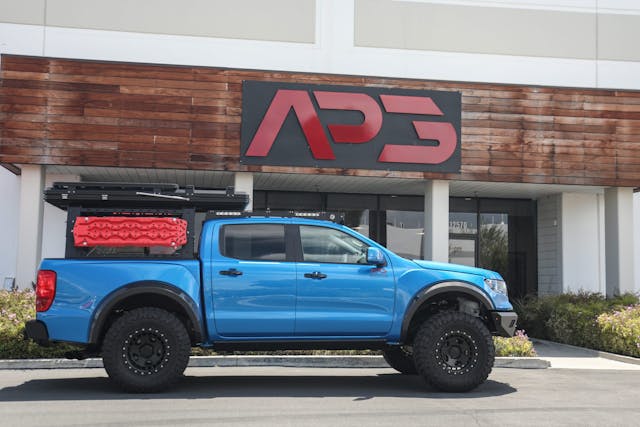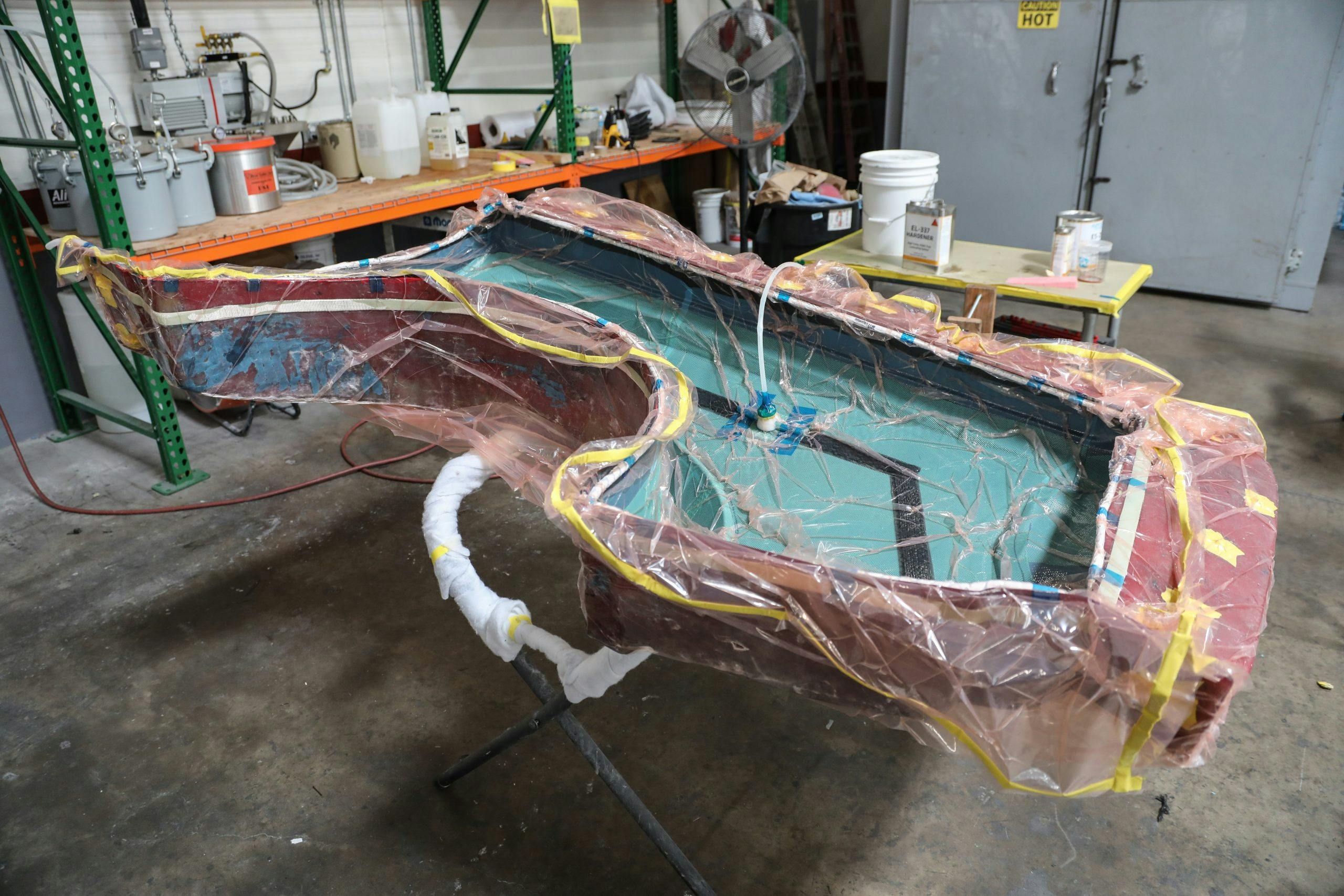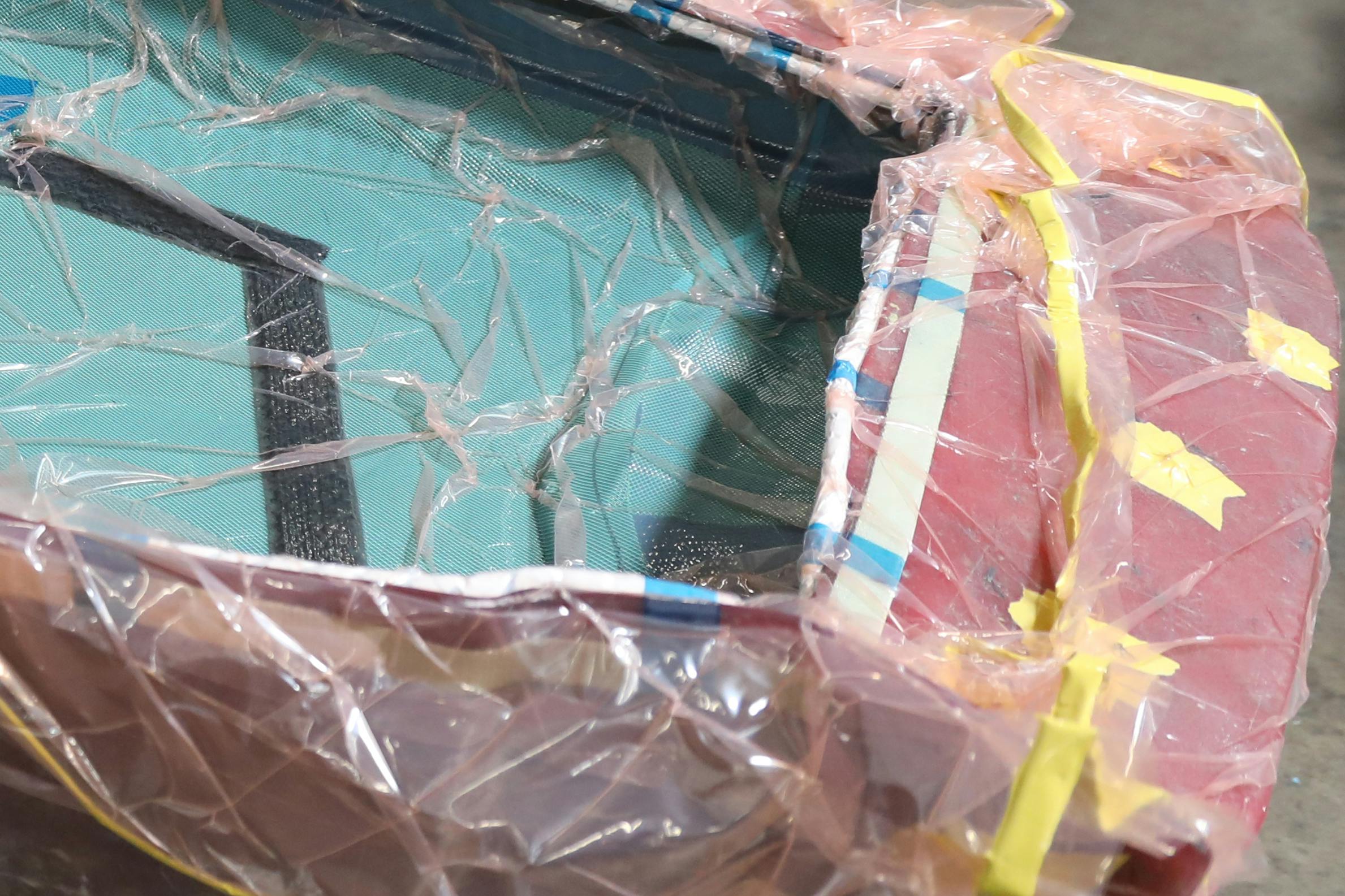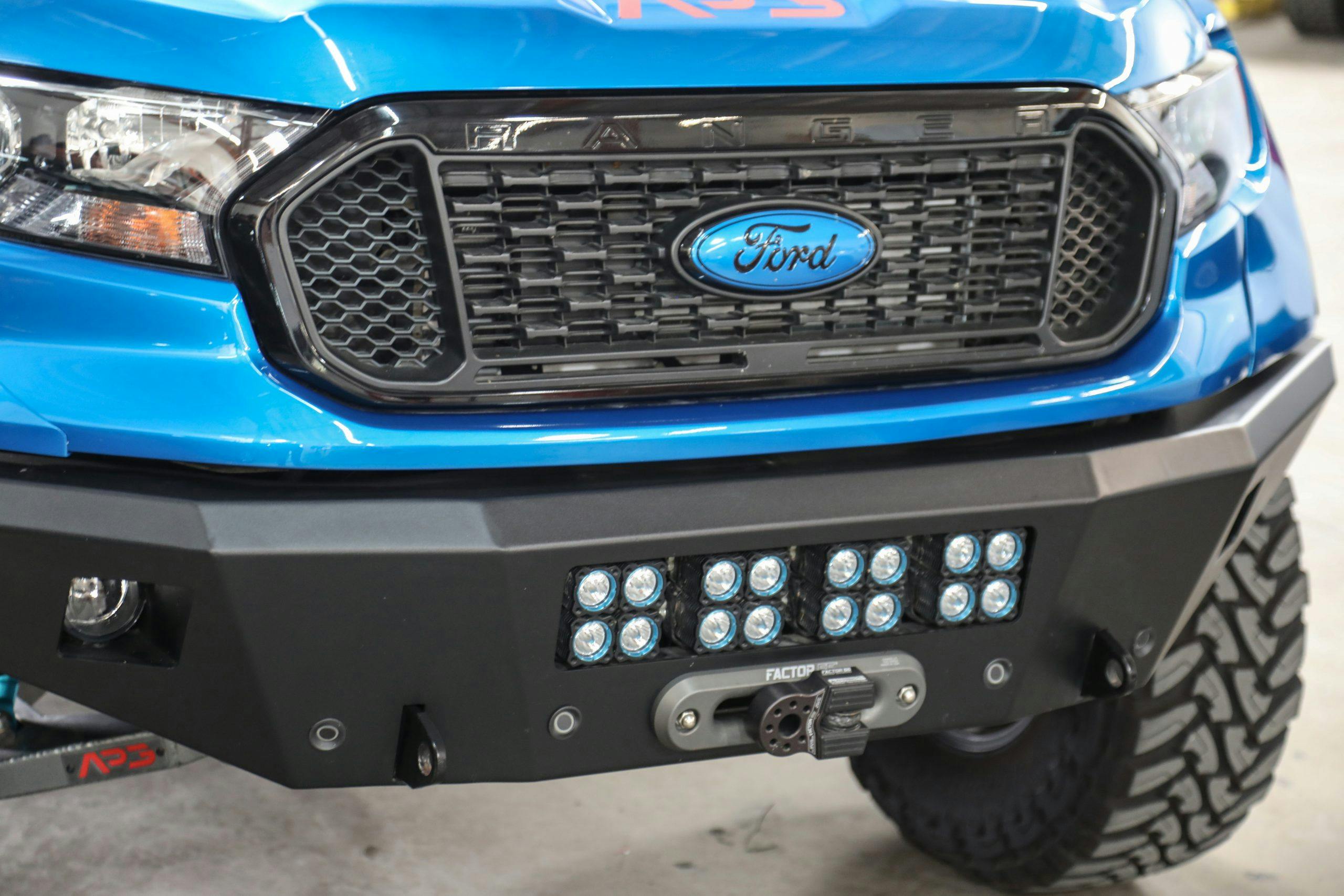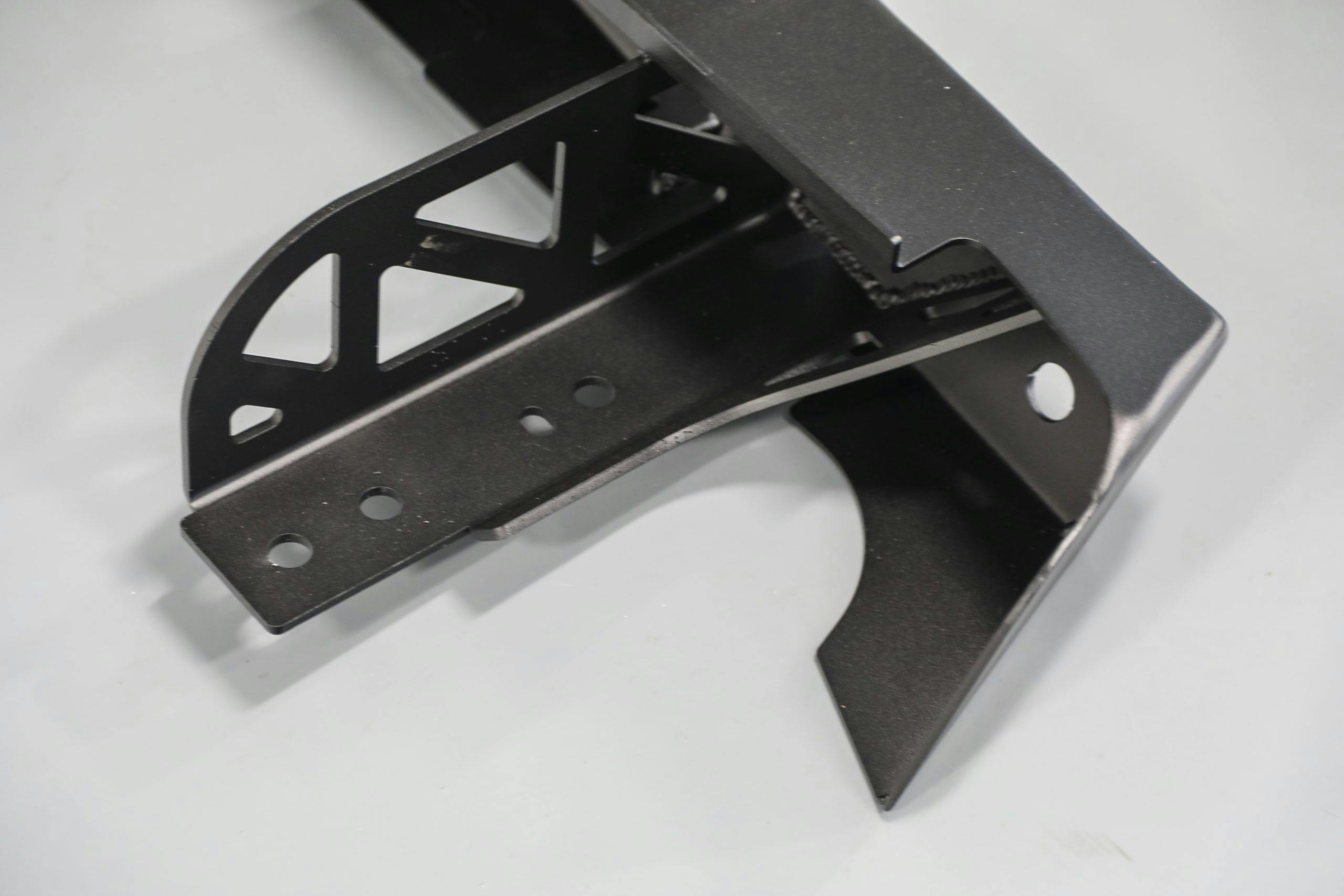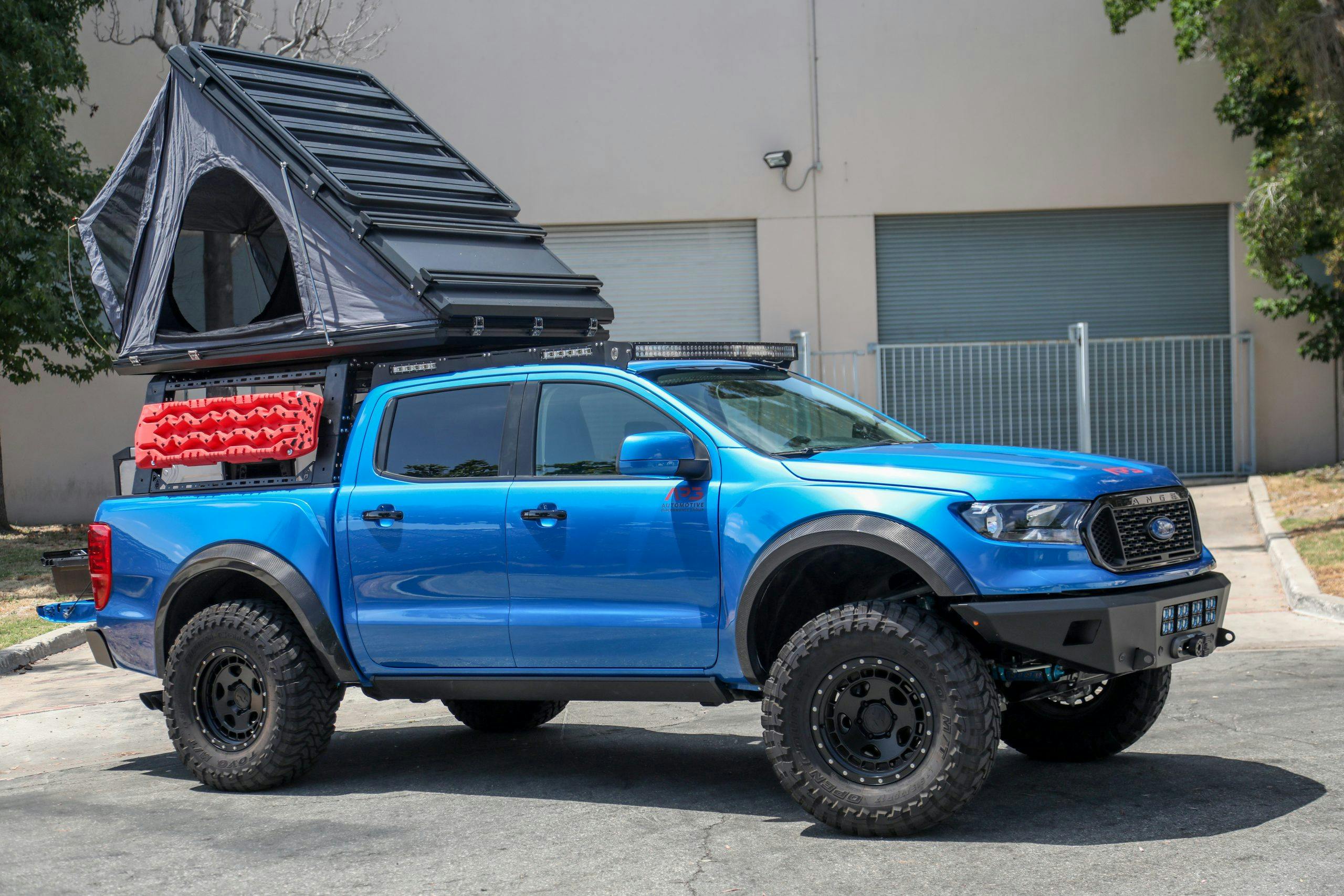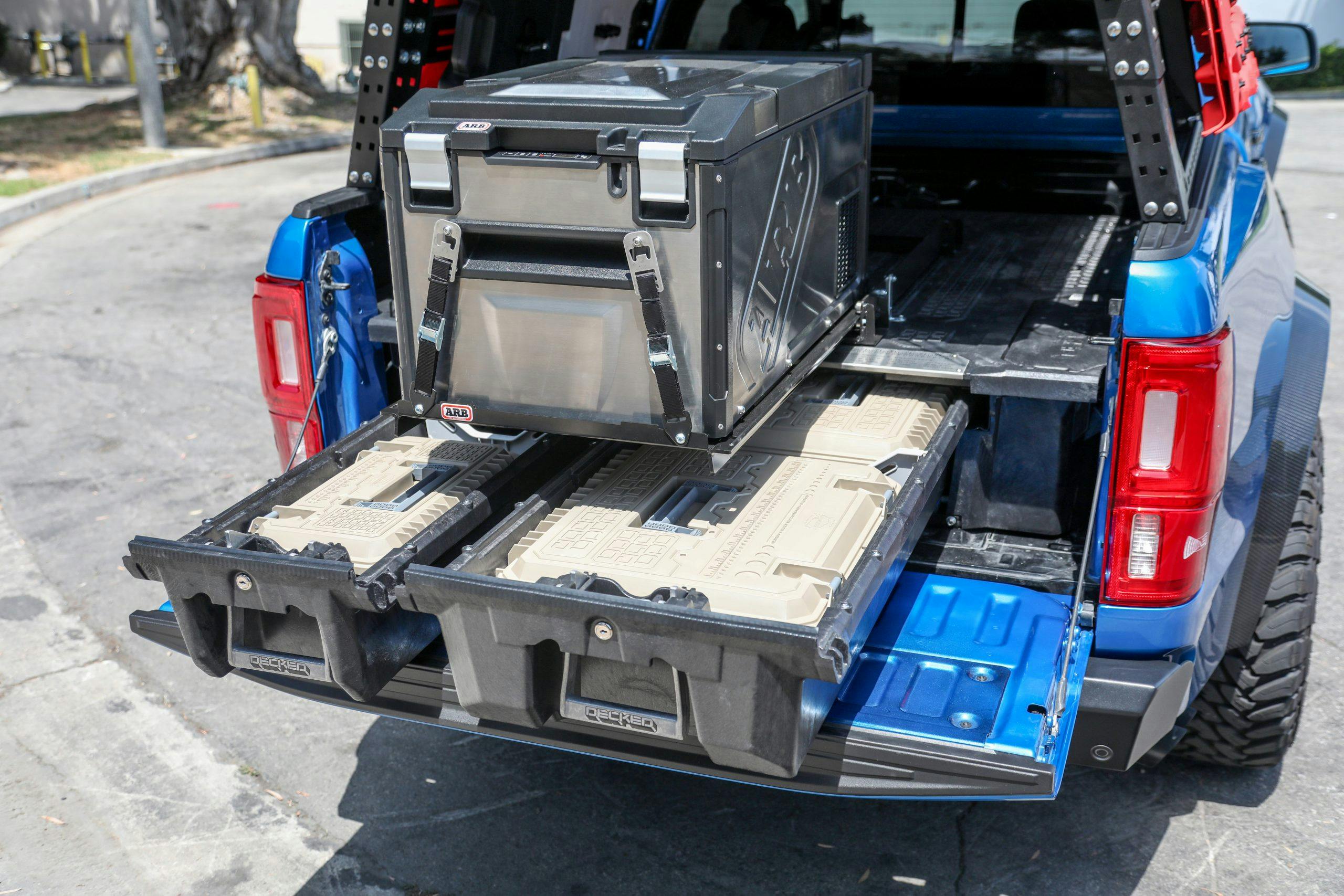How APG builds the Ranger that Ford won’t
When Ford finally brought the Ranger back to North America, off-road fans hoped it would also bring the Raptor version sold overseas as a more compact option to the larger F-150 Raptor. No dice. It looks like we’ll have to wait until the next-generation Ranger debuts, a truck which will share its platform with the recently unveiled Bronco. In the meantime, intrepid Ford fans can have a wide-body, long-travel Ranger of their own—if they visit the aftermarket.
To see how a Ranger Raptor alternative is built, we visited Automotive Performance Group (APG) in Garden Grove, California. We learned how it makes carbon-fiber parts and got a quick test drive of the new wider suspension on APG’s Ranger Prorunner. APG will build one of these carbon-clad long-travel Rangers in 2WD or 4WD, for $15,948, including matching your factory paint.
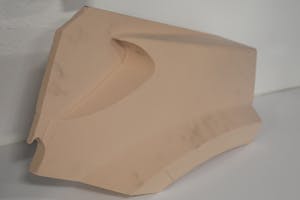
The wide-body design of the Prorunner came from George Patrick, APG’s owner. His background in engineering composite panels gave him the tools to scan, model, and shape the new fenders and bedsides of the Prorunner Ranger. The first step in making the 3D model something tangible was CNC machining the high-density foam used to create the molds. This sample part shows the detail of the fender flare near the headlight.

Each of the fenders and bedsides, along with the fuel filler door, start as sheets of raw, 12K carbon-fiber weave. The carbon fiber is marked using stencils and the cut lines are sprayed with an adhesive that prevents fraying when the pieces are cut.
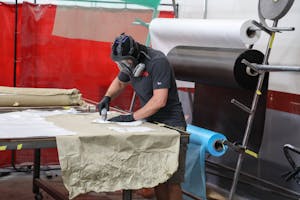
In addition to carbon fiber, the molding process requires a peel ply that helps with the resin process. Like the carbon fiber, it is cut out using an electric-powered shear.
APG uses the Membrane Tube Infusion (MTI) process to create its carbon-fiber panels. Two layers of 12K carbon fiber make up most of the panel, while mounting points get additional reinforcing layers. They’re placed dry into the thick, fiberglass molds and are topped with a peel ply before the MTI hose surrounds the perimeter and the entire part is bagged up.

A vacuum pump pulls air out through a half-inch diameter MTI hose, while a prescribed volume of resin is allowed in through a quarter-inch hose. The MTI hose around the perimeter draws the resin toward the edges, but once the resin reaches a section of the hose it stops drawing more resin, while the remainder of the hose continues to draw, ensuring an even application. After about 30 minutes the resin has fully flowed out and the part is given 24 hours to cure at room temperature.

Still in the mold, parts next go into an oven for a 140-degree cure overnight. The temperature slowly ramps up, is held for several hours, and then slowly ramps down.
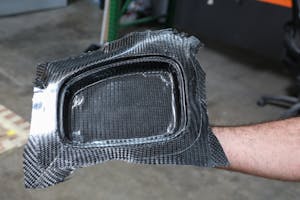
Parts come out of the mold looking like this. Their edges are trimmed before they go back into the oven for a 24-hour cure at 240 degrees. The final cure leaves the parts rigid and very lightweight.

Once the parts come out, they’re ready for bodywork, which APG does on site. The fenders bolt on just like factory panels. APG uses Ford collision center repair methods to affix the bedsides, which bolt on in front and use 3M bonding adhesive elsewhere.

Each front fender is five inches wider than the factory panel it replaces, and the wheel opening is 1.5 inches higher. That comes in handy when the new suspension is installed.

New front upper and lower control arms are much beefier than the stock parts to stand up to off-road shenanigans. Here is the factory upper control arm next to APG’s upper control arm for comparison, with one of the new front axles and tie rods in the middle.
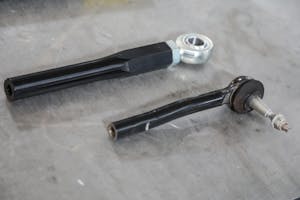
The front tie rods are much sturdier than the factory pieces and use heim joints. One place where APG couldn’t improve: Ford’s factory bushings, which are cut out of the donor truck’s control arms and reused. They’re durable and quieter than anything else APG could find.

Once installed, the front suspension adds three inches of track width per side. With new wheels that sit an inch wider and 315/70R17 tires installed that bulge an inch outboard, the total is 10 inches wider, matching the fenders. The mounting geometry is the same, so APG uses the factory spring and shock in its Stage 1 Prorunner, although aftermarket remote-reservoir coilovers also fit just as they would on a factory Ranger suspension.
Because the front end is 10 inches wider overall, APG builds custom bumpers for the Prorunner. They’re made from 3/16-inch aluminum and are designed to hold up to trail impacts. They can mount a winch and/or off-road lighting.

The flared bedsides taper back down to the stock width by the time they reach the tail, so the new aluminum bumper is just as wide as the factory. The rear suspension is left alone in the Series 1 Prorunner, but there are options for a wider track that range from wheel spacers that cost around $300 to a wider rear axle.
The finished Prorunner is 175 pounds lighter standard Ranger, helping maintain payload. APG also offers a proprietary leaf spring pack if additional cargo is planned, which will soon be installed on this particular Prorunner (fitted with a bed drawer system, refrigerator, and roof-top tent).
We took a quick drive around the light industrial area of their shop and looked for some bumps that would highlight the capability and performance of the modifications. The front suspension has 12.5 inches of wheel travel and because the spring rate is the same, the ride is very smooth. The suspension confidently soaked up jolts that would have had us bouncing around the cab of a normal truck.
APG has the capacity to build up to 10 Prorunners a month and can turn a stock truck into a desert-ready rig 7-10 days. If you can’t wait for Ford to build the Ranger of your dreams, there’s always a way.
